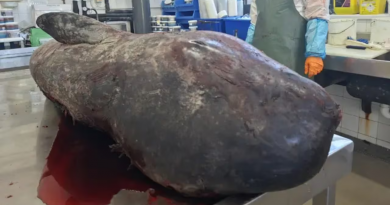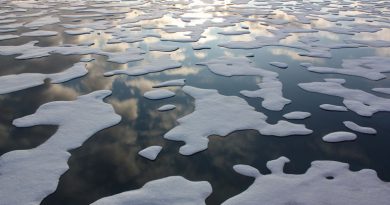Low water makes fall travel on the Mackenzie River hazardous for hunters
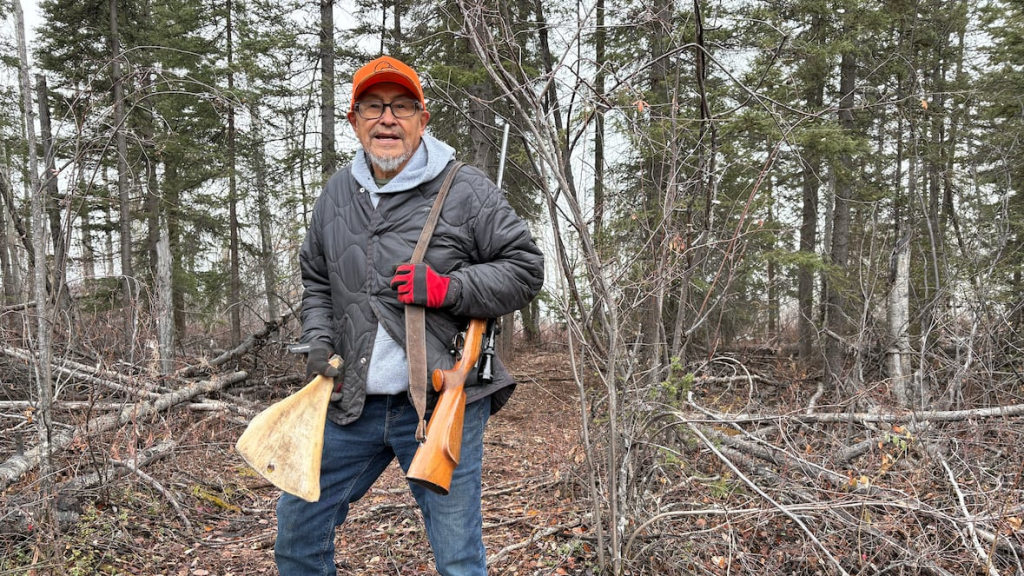
Hydrologist says climate change, El Niño shift and upstream dams influence low water
Wilbert Antoine says he would usually be out on the river in fall time, but this year, he’s taken his boat out on the Mackenzie River just once.
Without a jet boat, low water can be outright perilous, said Antoine, a Łı́ı́dlı̨ı̨ Kų́ę́ First Nations hunter.
“We’re probably about 10 feet lower than normal. This big sand bar in front of our boat launch — we’ve never seen that. It’s astonishing,” said Antoine.
The community of Łı́ı́dlı̨ı̨ Kų́ę́ (Fort Simpson, N.W.T.) is situated at the meeting of the Liard and Mackenzie Rivers.
“What you see here on the Mackenzie River is very, very unprecedented,” said Antoine.
“Normally this time of year, a lot of people go hunting along the Mackenzie River, hunting moose, hunting caribou, ducks and geese,” he said.
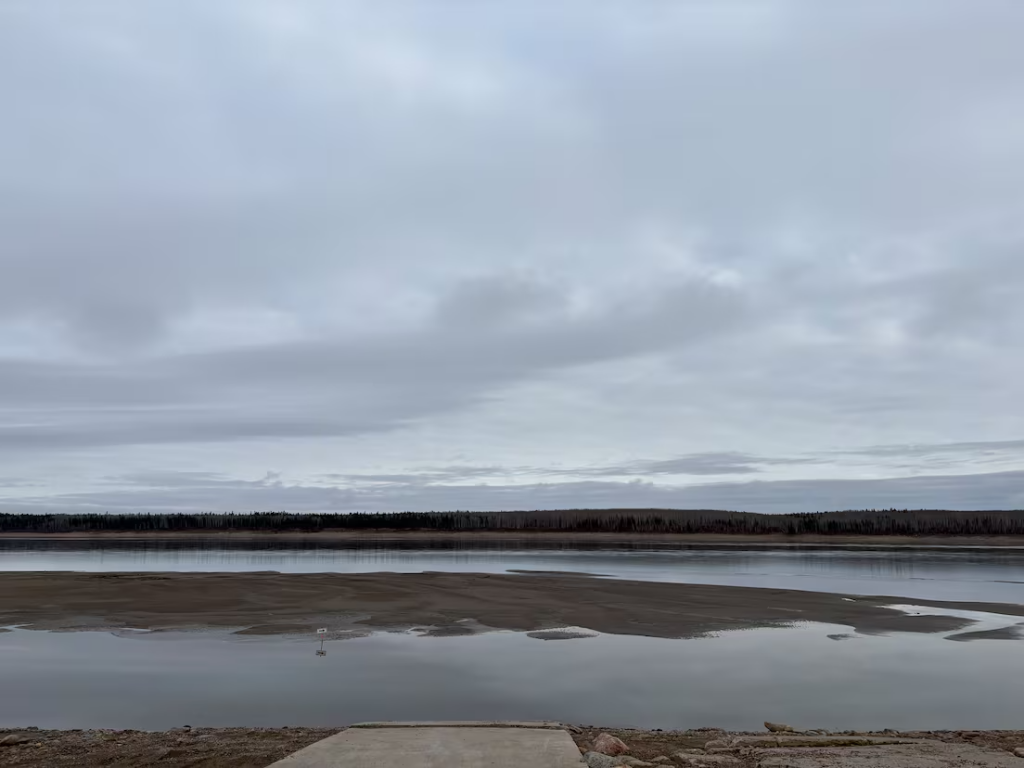
The boat launch area is now a beach, and that means many hunters have pulled in their boats for the season and will travel on land instead.
‘Lowest we’ve seen’
Anna Coles, a senior hydrologist with the Northwest Territories government, says climate change, a shifting El Niño, and upstream flow changes all contribute to low water.
Drought conditions in the territory started in late 2022 and persisted into 2023 with snowpack below average levels across the N.W.T. and the Mackenzie River basin the last two winters.
There hasn’t been enough precipitation for these waterways to rebound from a dry spell that began in late 2022, she said.
“The levels that we’re seeing on the Mackenzie River, in particular at Fort Simpson, are pretty much the lowest that we’ve seen in the history of the data that we have for that location,” said Coles. Data collection began in 1938.
Coles said there have been impacts from the Site C and Bennett dams in northern B.C. When Site C was filled, it drew the Great Slave Lake down about eight centimetres.
However, the major driver of low water is climate change, she said.
“It just reinforces the need to monitor closely and report frequently,” she said.
‘It angers me’
The Mackenzie River — also known as Dehcho in Dene Zhatıé — is fed from headwaters in Alberta and B.C.
Łı́ı́dlı̨ı̨ Kų́ę́ First Nations councillor Jim Antoine, a former N.W.T. premier and brother of Wilbert Antoine, is concerned about the health of these waters, which face pressures from hydroelectric power generation and the potential future release of tailings water from oilsands development upstream.
Jim says territorial leaders are surprisingly quiet about the sharp drop in water levels, and he worries low water could intensify the concentration of any contaminants in the river.
“The Peace River is totally stressed out right now,” he said. The Peace River feeds the Slave River, which eventually flows into the Mackenzie.
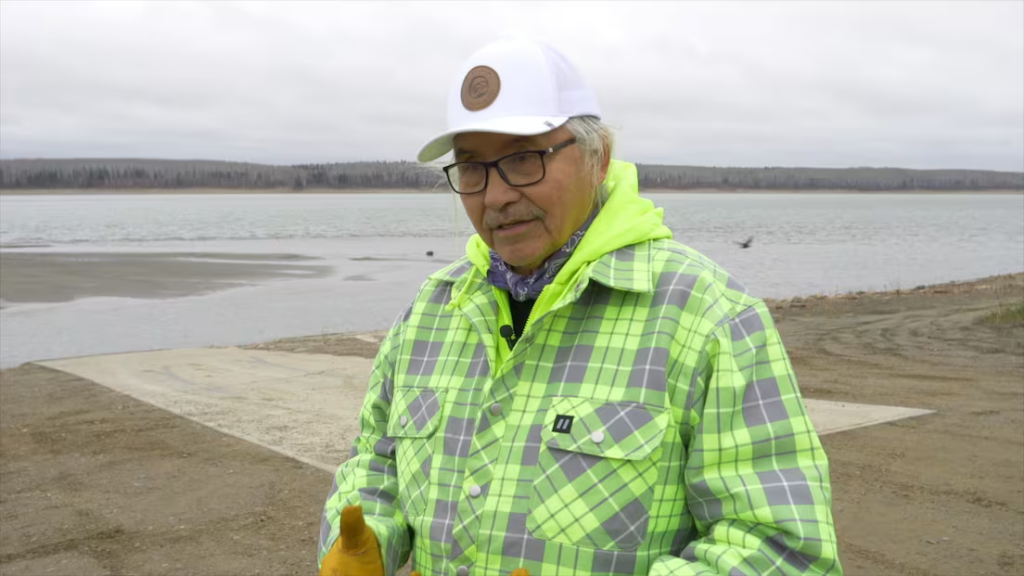
Jim, who sits on the board of advocacy group Keepers of the Water, says elected leaders should be more vocal about the risk presented by oilsands tailings seepage and major hydro projects in southern Canada, like the Site C and Bennett dams.
He grew up along the Rabbitskin River, hunting and trapping, and he’s among those hunters who now find themselves less able to use their aquatic highway.
“We have very limited access to where we used to go,” he said. “I haven’t heard anybody harvesting any moose this fall that I know of.”
Jim wants elected leaders, from the Northwest Territories premier to chiefs and councils, to oppose proposals for a run-of-the-river dam in Dunvegan, north of Edmonton, and a nuclear power plant near Peace River, Alta.
“It angers me. I’m sure it angers everyone but they consider us a sacrifice zone,” he said.
As Alberta considers allowing the release of treated tailings water, Jim said northern communities need to collect independent data on water quality.
“We need to have our own people taking samples from the river and we need to have our own labs analyzing it,” he said.
Related stories from around the North:
Canada: N.W.T. barge season could still be a possibility, despite low water levels, CBC News

